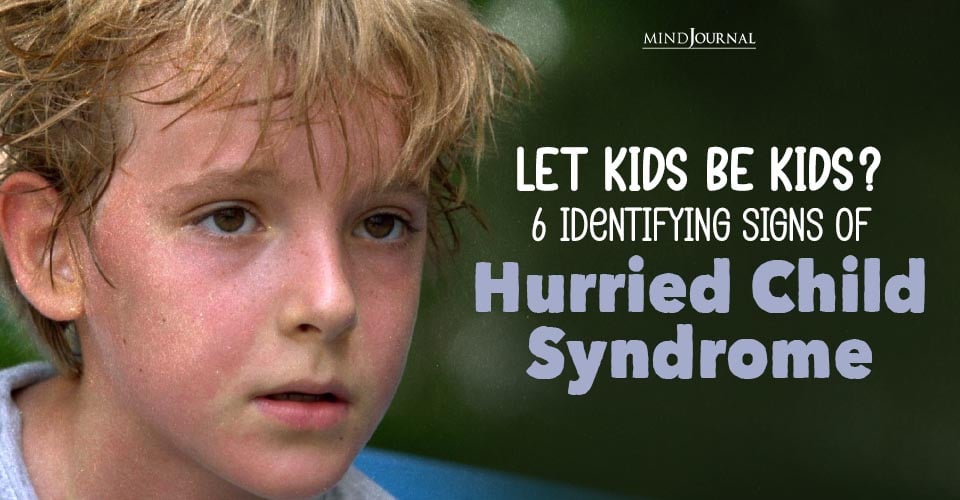In a concerning trend, a recent study published by the American Academy of Pediatrics sheds light on a sharp increase in antidepressant prescriptions among youth and adolescents. The study, spanning from 2016 to 2022, reported a staggering 66.3% rise in monthly antidepressant dispensing rates. Notably, this surge accelerated post-March 2020, coinciding with the onset of the COVID-19 pandemic.
The research revealed that antidepressant prescriptions for female teens ages 12–17 and young adults ages 18–25 surged by 129.6% and 56.5% faster, respectively, after March 2020. Conversely, there was a decline in antidepressant use among male teens and young adults in the same age groups.
Prior to the pandemic, rates of depression and suicidal ideation among young people were already on the rise. However, the stressors exacerbated by the pandemic, such as social isolation, academic disruptions, and loss of caregivers to COVID-19, likely intensified mental health challenges among youth.
Dr. Mark Olfson, professor of Epidemiology at Columbia University, emphasized the impact of pandemic-related stressors on mental health. He noted that the pivot to telemental health during the pandemic provided a more accessible avenue for mental healthcare, potentially contributing to the uptick in antidepressant prescriptions.
Rise In Antidepressant Prescriptions Among Youth
Dr. Lokesh Shahani, a psychiatrist with UTHealth Houston, highlighted the importance of antidepressants in managing depression and anxiety in adolescents and young adults. He attributed the rise in prescriptions to the increasing prevalence of mental health conditions and improved access to care.
The study also revealed gender disparities in antidepressant prescriptions, with female teens being significantly more likely to receive prescriptions compared to their male counterparts. Dr. Olfson pointed out that depression rates are higher among females post-puberty, which may account for this discrepancy. Additionally, societal factors may contribute to young males being less likely to seek and receive mental healthcare.
As the pandemic subsides, young people continue to face a myriad of stressors, including concerns about social media use, mass violence, and climate change. These ongoing challenges underscore the importance of addressing mental health needs among youth.
While antidepressants are generally well tolerated, they can have side effects, including gastrointestinal discomfort, agitation, and sleep disturbances. Importantly, there is a potential risk of increased suicidal ideation, particularly at the initiation of treatment.
Experts urge vigilance in monitoring for emerging suicidal symptoms among young people receiving antidepressant treatment. Additionally, efforts should be made to address disparities in mental healthcare access and ensure appropriate support for those in need.
In conclusion, the surge in antidepressant prescriptions among youth highlights the urgent need for comprehensive mental health support and resources. By addressing the underlying factors driving this trend and promoting accessible and effective mental healthcare, we can better support the well-being of our youth population.









Leave a Reply